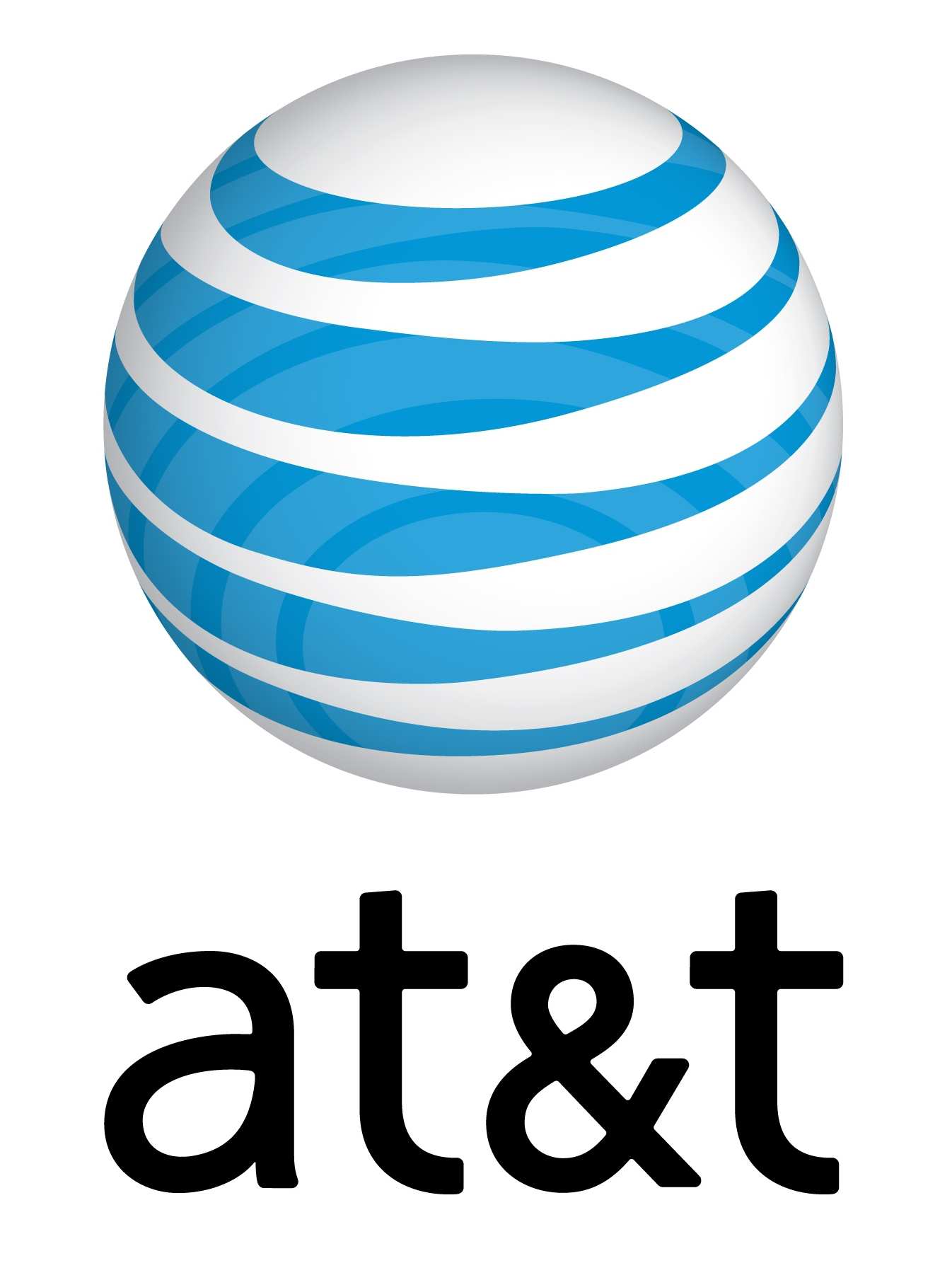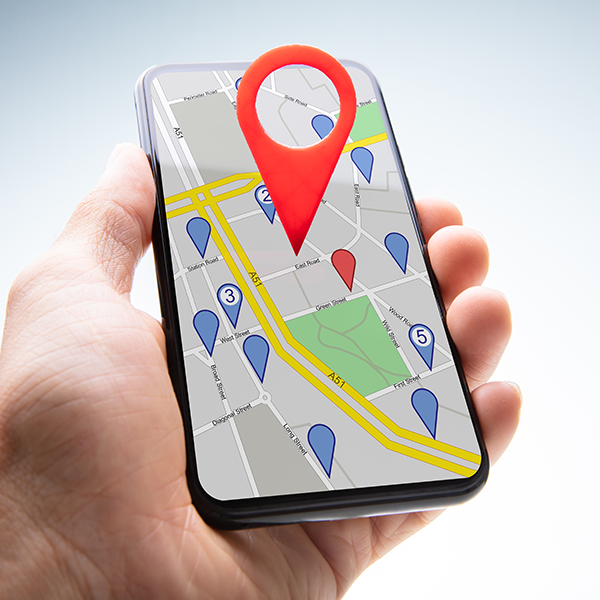Retailers are Missing the Connection with Mobile Shoppers


Mobile shopping applications that provide consumers access to price comparisons, product availability, coupons, recommendations, ratings and reviews helped drive online spending to record highs during the 2010 holidays. However, according to a new study from Motorola Solutions, many brick-and-mortar retailers paid dearly for neglecting to keep pace with their increasingly tech-savvy customers.
The majority of retail associates surveyed believe that shoppers were better connected to consumer information than were in-store employees, ultimately hurting those retailers' bottom lines. The study found that 28 percent of in-store visits ended with an average of $132 in abandoned purchases by mobile shoppers confident of locating lower prices, more plentiful stock, shorter check-out processes and better customer assistance elsewhere.
The study also indicates that 43 percent of shoppers who received in-store guidance from retail associates armed with their own mobile devices reported that the device improved their shopping experience. The survey also found that because today's mobile shoppers can easily find deals elsewhere, 87 percent of retailers now consider in-store customer service - aided by access to real-time information - to be more important than ever.
Motorola Solutions has an obvious interest in selling the retail industry on the idea of smartphone-wielding in-store associates, but the results of the survey should not be overlooked. Mobile's impact on the 2010 holiday season was minute compared to what we will see at the end of this year, when smartphone usage will be much closer to the mainstream. Arming employees with the proper tools to compare prices, check stock and accelerate the checkout process is an excellent strategy for brick-and-mortar retailers wanting to keep up with the times - and their customers.
Other key findings from the study include the following:
- 34 percent of surveyed retail managers cited frustration when alerted they needed to replenish stock after getting complaints, instead of knowing ahead of time.
- 55 percent of losses due to out-of-stocks could very likely be recovered with store associate interventions; specifically, when store associates have the capability to track down the item and offer a solution, most customers will complete their purchase with that retailer.
- 68 percent of surveyed retail associates would find the capability to scan barcodes to check inventory and availability of items requested by customers helpful in a small mobile device form factor that is deployed to every associate.
- 28 percent of store visits ended with an average of $132 unspent due to abandoned purchases driven by deal-habituated behavior, out-of-stocks, limited store associate assistance and long check-out processes.
- Shoppers with smartphones used their device to influence 39 percent of their walk-out incidents; 12 percent checked prices at other retailers online, 8 percent checked availability at other stores.
- Nearly 25 percent of surveyed shoppers said they would be very likely to take advantage of a sales associate using a handheld payment terminal to complete their purchase, compared to only 9 percent who would be very likely to use their own mobile phone to scan their items and process payment without assistance.

Subscribe to Our Newsletter!
Latest in Mobile Marketing










